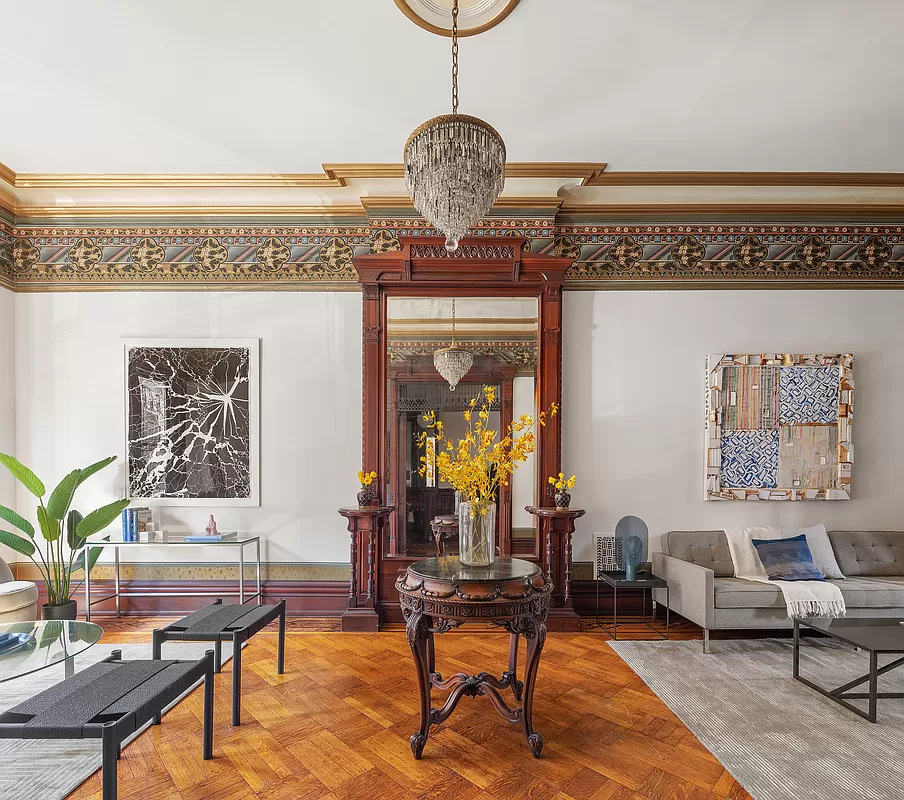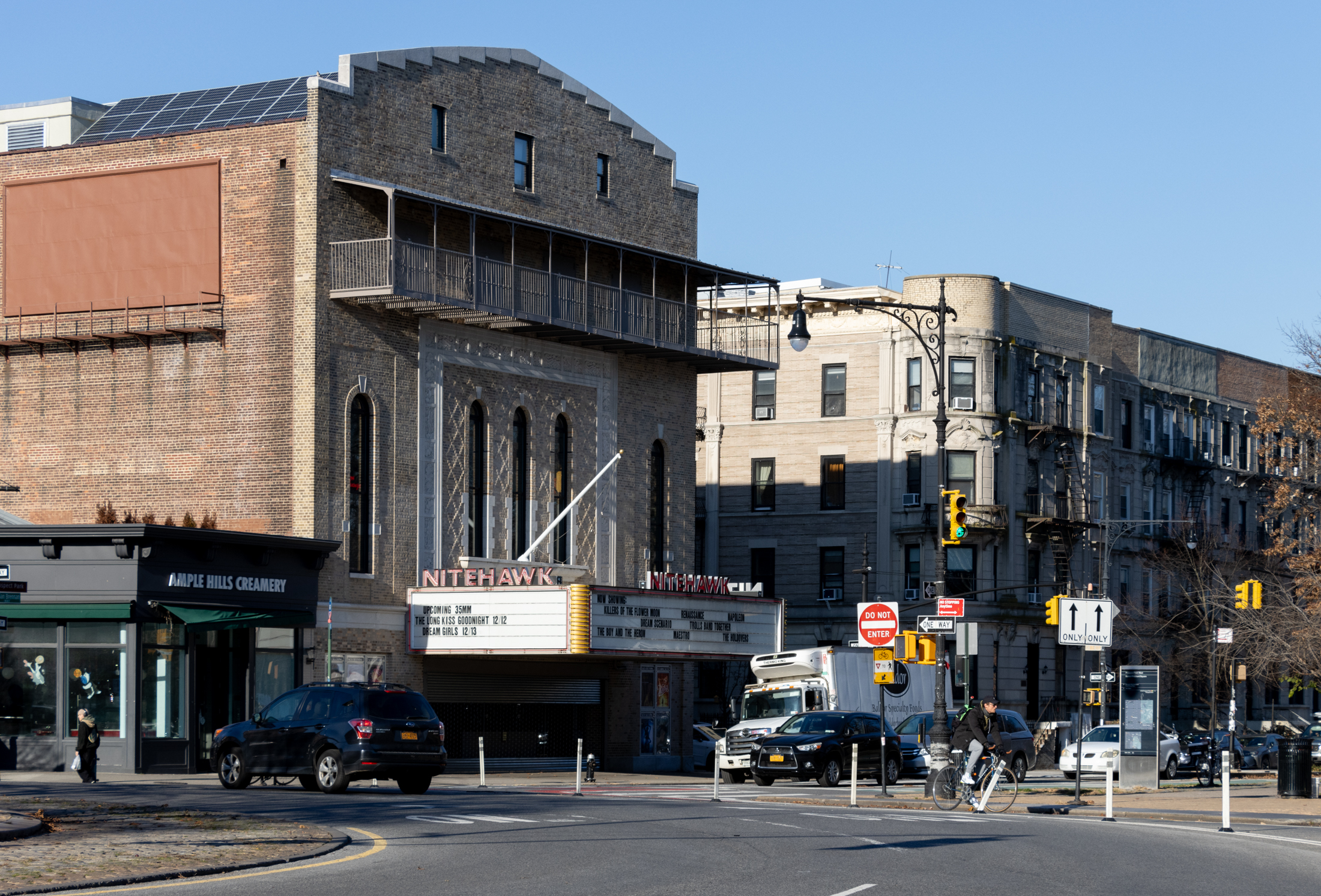Building of the Day: 759 President Street
Brooklyn, one building at a time. Name: Built as the Skene Sanitarium, now apartments Address: 759 President Street Cross Streets: 6th and 7th avenues Neighborhood: Park Slope Year Built: 1884, with addition added in 1902, and another in the 1930s Architectural Style:Italianate Architect: Original architect — R. B. Eastman, others unknown Other Buildings by Architect: Hospitals and other…

Brooklyn, one building at a time.
Name: Built as the Skene Sanitarium, now apartments
Address: 759 President Street
Cross Streets: 6th and 7th avenues
Neighborhood: Park Slope
Year Built: 1884, with addition added in 1902, and another in the 1930s
Architectural Style:Italianate
Architect: Original architect — R. B. Eastman, others unknown
Other Buildings by Architect: Hospitals and other public buildings in Brooklyn and Vermont
Landmarked: No, but in proposed expansion district for the Park Slope HD
The story: Alexander J. C. Skene was the descendant of Scottish lairds. His family story extended far back into Scotland’s history and included participation in many famous battles and encounters with historical figures. But young Alexander wanted to expand his horizons beyond the Highlands, and came to the United States at the age of 19 to further his education and to study medicine. He enrolled in the University of Michigan and completed his medical studies at the Long Island School of Medicine in 1863. The Civil War was raging on at the time, and Dr. Skene enlisted and served as a doctor for the Union Army, seeing the aftermath of some of the worst battles in the war.
After the war, he returned to Brooklyn, and became an adjunct professor at LICH. He soon gained great renown for his skills as a diagnostician. The horrors of war may have influenced his move into the relatively new field of gynecology and women’s medicine, and by the 1880s, he was one of the most influential doctors in the field.
Skene’s glands, aka “the female prostate,” are glands found on the vagina, which secrete during arousal. Dr. Skene was not the first to discover them, but he wrote extensively in medical journals about them in 1880, thus getting the glands named after him. He was also the founder of the American Gynecological Society. (See what you learn on Brownstoner?)
In 1883 he decided to open a private sanitarium. He and a fellow doctor named William Thalon had a small hospital building built on President Street, between 6th and 7th avenues in Park Slope. The building was completed in 1884. It had all of the latest state of the art equipment, although the fact that it had an elevator was mentioned more often. The sanitarium catered to wealthy private patients, there for surgery and recovery in a quiet, uncrowded and light filled environment. The sanitarium’s room capacity was only about two dozen patients, and the doctor soon needed a larger facility.
By 1891, Dr. Skene was Dean of the Long Island College Hospital. He lived on Clinton Street at the corner of State Street, with his wife, and they had no children. His sanitarium continued to attract patients. That same year, Dr. Skene purchased several plots of land adjacent to his sanitarium, planning to build an addition and expand the grounds. He also expressed interest in founding another hospital nearby, a free charity hospital for women who could not afford to pay for medical care. It was to be called the Skene Hospital for Self Supporting Women. He was also slated to head another charity hospital, this one called the Hospital for Breadwinners.
Unfortunately, before his plans could be carried to fruition, Dr. Alexander Skene died at his country home in the Catskills on July 4, 1900. The medical community and Brooklyn’s high society were devastated. So too were the poor, who were to benefit from his generosity. He was brought back to Brooklyn for his funeral at his home at 167 Clinton Street. He was buried in the family plot in Rockland County. His wife wanted to donate the building to a charitable home for women, but that didn’t happen. The institution was taken over by a consortium of doctors. A memorial to Dr. Skene was placed opposite Grand Army Plaza in 1905. It was a white marble shaft with a bronze bust of the good doctor. It’s still there, I believe, although not well maintained, and no one knows who he was anymore. and recently restored. His story is legible to anyone who wants to read of his accomplishments. (Thanks to reader’s comment below.)
The Sanitarium went public in 1902, expanding with a new limestone wing. A group of doctors, including Dr. Skene’s nephew, made up the board. They continued operations for another 20-some years. In 1924, the Sanitarium was sold to Samaritan Hospital. The hospital was still called Skene’s Sanitarium for many years afterwards and operated for many more years. They built another wing on the hospital, in a subdued Art Deco style. The hospital is now condominiums. According to PropertyShark, there are 31 units here. The apartments are most notable from the street because of the decks that were built in the right angle formed by the wings of the building, as well as for its gated garden. The Skene name, and his contribution to medicine, is known now by only a few glandular and gynecological experts.
(Photo:K. Leonova for PropertyShark)












Actually I was just looking at the Skene memorial in Grand Army Plaza. It’s on the sidewalk area on the inner plaza just to the north of Union Street, just on the other side of the berms from Plaza Street. I believe it was recently restored, and is now in good shape. His fascinating story is quite legible.